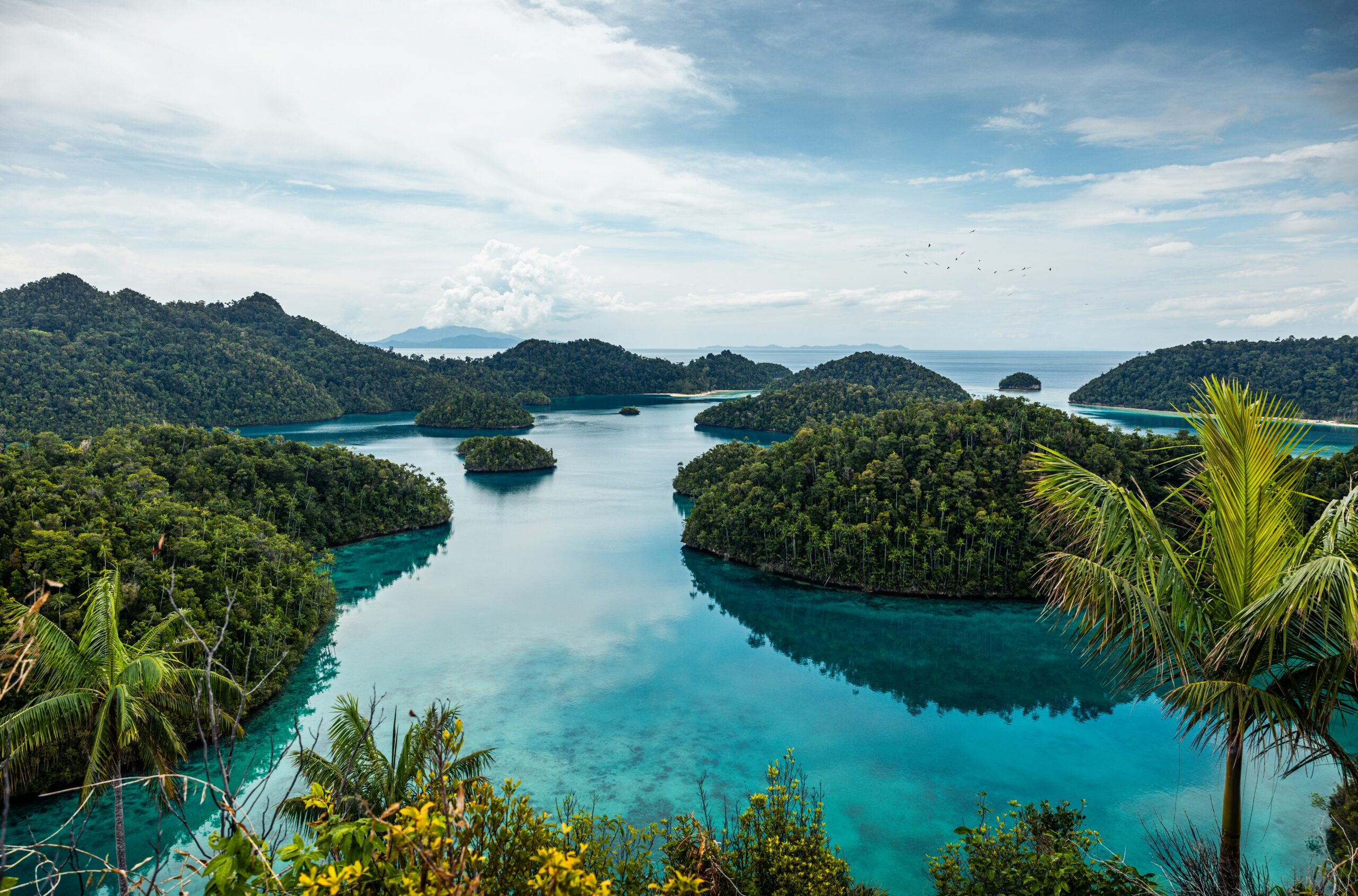Photo of Raja Ampat, Indonesia, by Simon Spring
Environmental campaigners have released stark drone images revealing extensive nickel mining activity in the Raja Ampat archipelago, Indonesia, a globally significant marine biodiversity hotspot often called the “Amazon of the Seas.” The images, shared with the BBC by Global Witness, show forest cleared for mining, dirt roads, and sediment runoff polluting coastal waters, threatening the region’s rich coral reefs.
Nickel is a key ingredient in electric vehicle batteries, driving increased mining in the area. Between 2020 and 2024, land used for mining expanded by 500 hectares—about 700 football pitches—across multiple islands, according to Global Witness. The Indonesian government recently revoked permits for four of five mining companies operating there, a move welcomed by conservationists but met with concern that legal challenges might reverse the decision. One company on Gag Island, rich in nickel deposits, was allowed to continue under conditions requiring ecological restoration.
Dr. Mark Erdmann, a coral reef conservationist who has worked in Raja Ampat for over 20 years, praised the permit revocations as “a voice of outrage from the Indonesian people that made the government pay attention,” emphasising the archipelago’s status as “the global epicentre of marine biodiversity.”
Indonesia produces over half the world’s nickel, vital for green technologies, but the environmental cost is becoming clearer. Research has linked mining to forest loss, increased flooding, and landslides. Dr. Michaela Guo Ying Lo of the University of Kent research found that while mining slightly reduced poverty in some areas, it caused “worsening of environmental well-being,” including water and air pollution.
Environmental activist Imam Shofwan said, “they say nickel is a solution to the climate crisis. But it’s causing deforestation and destroying farmland,” highlighting the tension between economic development and conservation in the country.
Dr. Erdmann summarised the dilemma: “mining is always going to be environmentally impactful and we all tend to think that electrification is a good idea. But what is the acceptable damage that we’re willing to see?”
Meanwhile, Raja Ampat remains a magnet for marine tourism, famed for its limestone peaks and vibrant coral reefs—with marine ecosystems still at risk from expanding mining activity.
